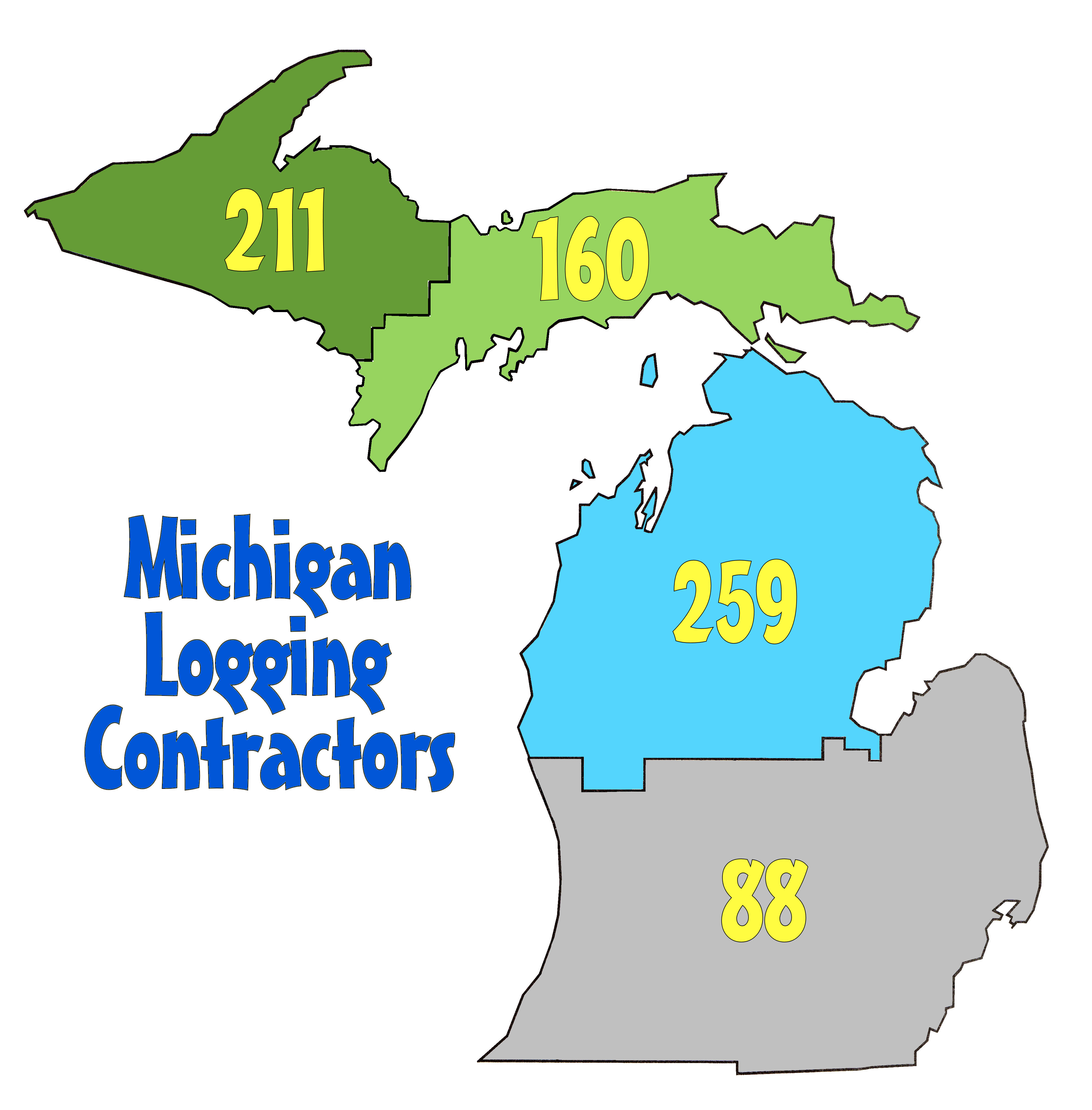



Information Support
to the YouTube Videos!
Logging Products!
Or Timber Harvesting
Main Theme
The thousands of different renewable forest products all begin with standing trees in the forest. Loggers manufacture a set of raw products from those standing trees, which they purchase from forestowners. Specialized trucks carry these products to various mills, which purchase these raw products from the logger. This “producer” sector involves a wide range of skills and the ability to utilize advanced technologies. This video complements the wood-using mill episode.
Major Points
1. Producers are the first step in a long value-added supply chain.
2. The common caricature of a lumberjack has long since outlived reality.
3. Careers in this field are filled by highly-skilled workers who enjoy working independently in the forest.
4. Logging is a sustainable industry and is environmentally-friendly, especially when compared to acquisition of any other raw materials.
Additional Information
Links on the Michigan Forests Forever website.
Forest Products
Clearcutting
Forest Management Systems
The Michigan DNR Forest Products Directory lists over 700 "producers" or companies, which are loggers and truckers. As expected, most of these companies are located in northern Michigan, including the Upper Peninsula, where most of Michigan's forest grows. The large majority of Michigan's wood harvest, by volume, is done with million-dollar harvesting systems in a process called "cut to length" or CTL.
This CTL process manufactures cut logs of various lengths, in the woods, to be delivered to area markets. A typical harvest configuration consists of a large "processor" and second machine called a "forwarder". The processor will cut the tree and produce logs, then stack them in various small product piles. The log piles are then forwarded (carried) to a log landing where they are placed in decks bound for particular mills. At these landings, the logging trucks will arrive, load the logs, and then carry them out of the woods to market. Of course, there are many variations on this harvest system and several other systems that are used.
Interestingly, the processors are lighter on the soils than human footsteps, although the fully-loaded forwarders are not. To help prevent soil compaction on softer soils, the processor will often lay brush along the path of the forwarder to protect the soil. Additionally, because of the long reach of the processors, the machines need to track over a much less portion of the land, further minimizing the risk of soil damage. Of course, any logging job, with any sort of equipment (including horses) is more about the quality of logger than the choice of harvesting system.
A quality logging contractor is a critical part of sustainable forest management. Forest management is designed for two or three major goal sets; 1. provide renewable raw products, 2. regenerate the forest, and 3. improve the quality of the residual stand (in sheltwood and selection management). Note that logging for human development is not forestry. Foresters and loggers sometimes refer this sort of land use conversion as a "terminal harvest".
BeLeaf It or Not! Video Production The purpose for these videos is to INTRODUCE a few concepts for each episode topic. They are meant to be light-hearted and entertaining. Yet, the intention is to have both feet on solid science ground (biological, economic, social, et al.). We acknowledge that many of the topics are introduced or reinforced in school curricula at the fourth through seventh grades. So, these students, and their teachers, are the primary target audience. All of these topics can be more fully explored within the classroom setting or, in some case, be explored IN THE WOODS! With this in mind, these support pages are embedded into the Michigan Forests Forever website, which already houses a wide range of information about Michigan forests, designed for use by teachers. This entire project cost about $100,000. No small amount, of course. The primary authors were Bill Cook, Georgia Peterson, and James Ford. Additionally, most of the episode scripts were either drafted and/or reviewed by cooperating foresters, biologists, teachers, and other experts. If you're curious about who helped produced these videos, visit the "credits" page.
|